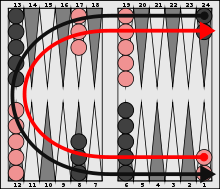Remi-Online.ro uses cookies.
You can get more information about what cookies we use on
Cookie Policy.
Furthermore, based on cookies, we show targeted advertisements, sharing your data with our partners, so that the ads presented are relevant to you.
We need your explicit agreement for this. Find out more about our ad partners and how we use your data in our updated
Privacy Policy.
Agree to confirm you’d like a personalized ad experience ( you can change this later from
Cookie Policy ).
